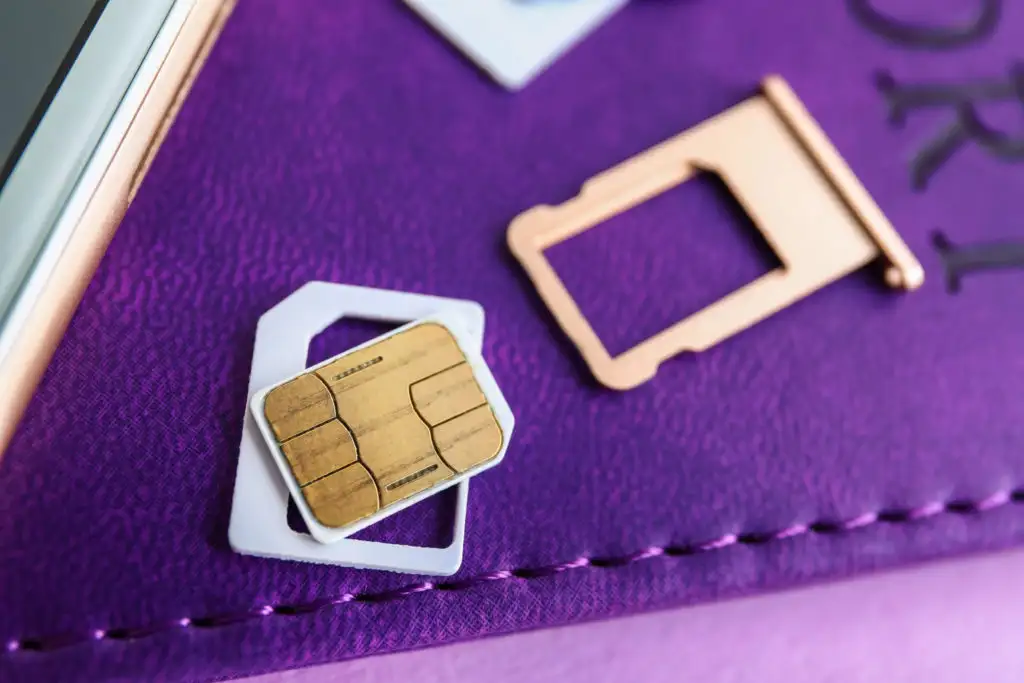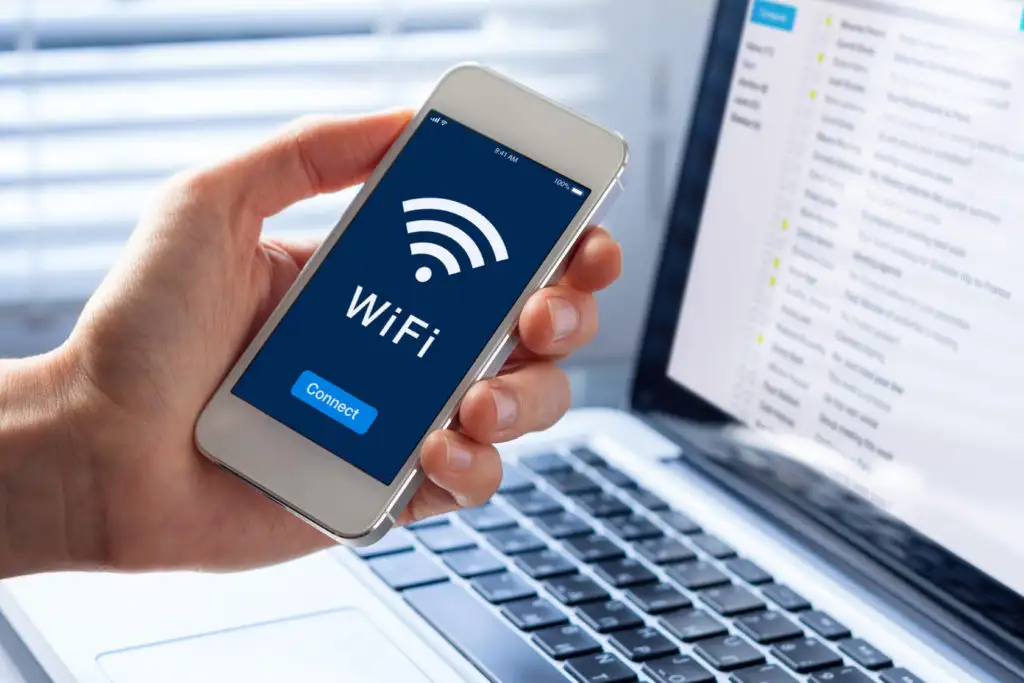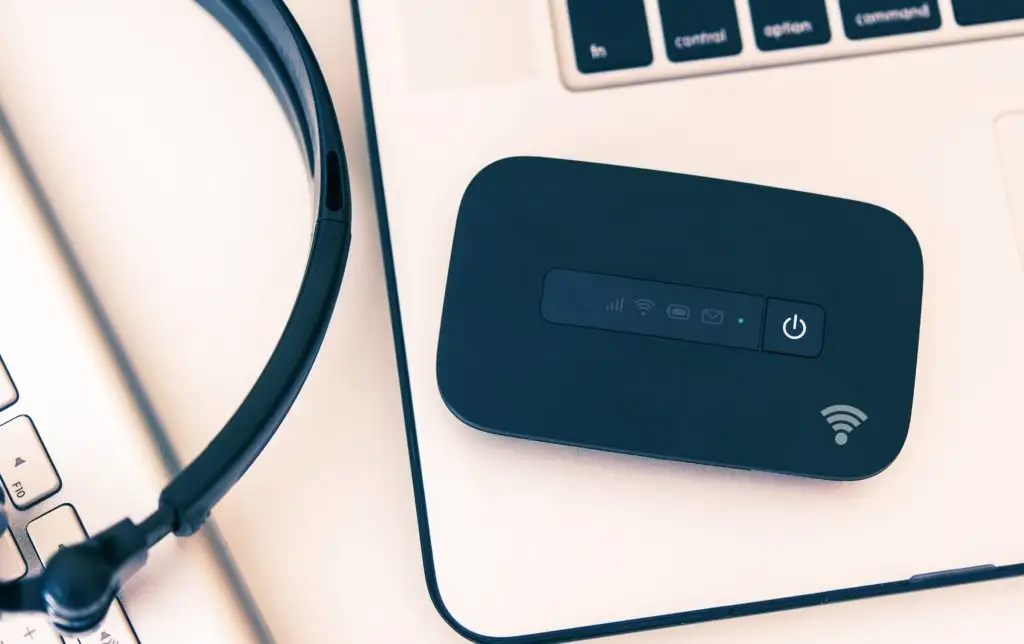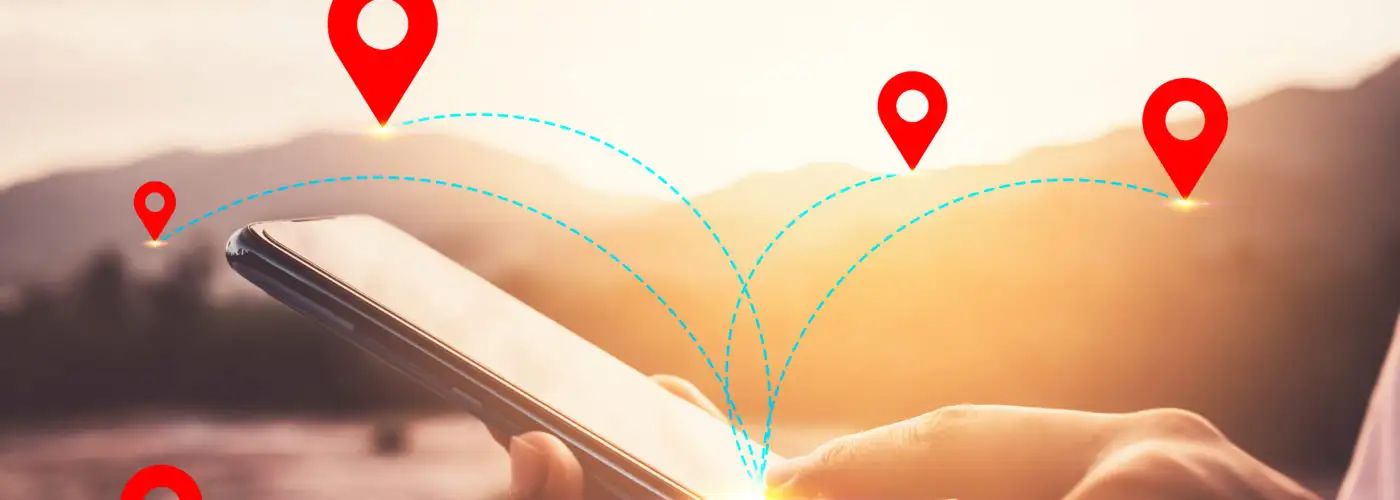Your cellphone is an incredibly powerful tool, especially when you’re traveling in another country. The maps, directions, translations, restaurant reviews, “things to do” searches, and call capabilities make it pretty essential. But using a cell phone abroad can be expensive, especially if you don’t know your options. With a little knowledge and planning, you can be sure to save money on your international cell phone bill. Here’s how.
Using a Plan From Your Cell Phone Provider

Your cell phone provider will have an option for you to add temporary, daily international coverage, which is what most people do. It’s convenient, but it can get very expensive. You can also enroll in a plan that will include some international data. Let’s take a look at the major providers in the U.S. and what they’re charging.
Verizon
Verizon has an International Trip Planner, which will ask you questions about your destination, planned travel dates, and device before suggesting a plan. You’ll have a set amount of talk, text, and data for international use under the monthly International Plan.
The pay-as-you-go plan is called Verizon TravelPass. Verizon charges an access fee of $10 per day per line, which doesn’t sound bad until you add up all the days on two or more phone lines. A vacation to Europe that is 10 days long, for example, adds up to $200 for two phones—and that’s on top of your regular cell phone bill. You’re also limited on the amount of data you can use.
T-Mobile
T-Mobile has a number of plans with data and texting already included. The Magenta Plan provides unlimited texting, unlimited date (with up to 5GB high-speed), and low flat-rate calling while traveling internationally. Calls are $0.20 per minute. This is an unlimited data plan for customers in the U.S. that costs $120/month for three phone lines. However, you might feel bogged down by the 2G network. If you want faster speeds beyond the initial 5GB, you can purchase the International Pass for $5 per day, $35 for 10 days for $50 for the month.
Sprint
All Sprint plans offer free texting and basic data in more than 200 destinations. Calls are $0.25 per minute. Like T-Mobile, the data is available on a 2G network and you’ll need to pay more if you want high-speed data. The cost will depend on your location. If you’re in Mexico or Canada, the charge is $2 per day. Other destinations will incur a $5 or $10 charge per day. If you want to take a deeper look at your options, you’ll want to look here.
AT&T
AT&T offers the International Day Pass for $10 a day for the first device and $5 a day for each additional device.
If you want to enroll in the Passport Plan, you can buy 2 GB of data to use internationally for $70/month or 6 GB of data for $140/month. You’ll also have unlimited texts, but calls will cost $0.35 per minute.
Google FI
Google FI is technically a mobile virtual network operator (MVNO), which means it doesn’t own the network infrastructure, but still provides network service. Google FI also smartly connects to a network of public Wi-Fi networks with a VPN (virtual private network) to reduce data consumption while keeping your data private. What’s unique about Google FI is you can use it in over 200 countries. There’s no need to buy a SIM card or pay expensive access fees to foreign carriers. Google FI is your program and will work when you land in another country.
Google FI will cost $20 for basic service with an additional $10 for every GB of data used up to 5 GB ($20+$50=$70). You can also opt for an unlimited program. It’s quite different from a traditional cell carrier, so if you want to read more about it, this article from US News & World Report can help. Your phone does need to be unlocked and not every phone has full functionality with Google FI, but if you’re interested, you can look into the details here.
SIM Card

The SIM (subscribed identity module) card is the small memory card in your phone. Replacing it with one from the country you’re visiting will give you a phone number from the country and the ability to access their network. Often, this is a cost-effective way to communicate.
Here are the basics:
Step 1: Make sure your phone is unlocked. If you need help unlocking it, this article can guide you. You can also bring an older phone that is unlocked if you’re unable to get your current phone unlocked.
Step 2: Buy a SIM card when you reach your destination. You can usually find them at a kiosk in the airport, a cell phone store, a general retailer, or even a convenience store. Costs vary, but you can expect to pay around $10-30 for a prepaid SIM card. You need to make sure you buy the correct size SIM card for your phone—most will take a micro or nano size SIM card.
Step 3. Take out the old SIM card. If you have an iPhone, there’s usually a small hole on the side of your phone you can stick a paperclip in to get your SIM card out. If you have an Android device, the SIM card is sometimes found behind your battery. The process is pretty straightforward, but if you’re unsure of how to remove and replace your SIM card, this video illustrates the process for a number of different phones.
Step 4: Place the new SIM card in the slot. Your phone will look as it did before. From here, you’ll follow the instructions of the new provider you bought the SIM card from. If you didn’t load credit on at the store, you’ll do it here.
International SIM Card

Instead of buying a SIM card once you hit the ground, you can buy an international SIM card before you leave that will work in multiple countries. If you’re a frequent traveler, this can be useful as you don’t need to switch out SIM cards from each country you visit. You’ll have a single international number. It can be more expensive, but may be worth the convenience if you’re visiting multiple countries. You can read more about this option here.
Wi-Fi

This option will cost you nothing (or pretty close to it). It’s likely your hotel and many of the attractions and restaurants you want to visit will have free Wi-Fi available.
You’ll be able to communicate with the many businesses that use WhatsApp without having to use cellular data.
If you want to ensure you won’t be charged for using data, you’ll want to turn it off on your phone. To turn off your cellular data, go to settings —-> cellular data —->and slide it off.
Free does come at a cost. You have to be careful not to share personal data over a public network, which is hard when you need to book things with a credit card.
The other downside is you’re limited in where you have access. You won’t be able to look something up as you’re strolling down the road or riding in your car. If your car doesn’t have a navigation system, it’s going to be really difficult to find your way around. You also won’t be able to use the translation feature whenever you need it (unless you’ve downloaded an offline app).
Mobile Hotspot

A mobile hotspot, or pocket Wi-Fi device, connects any Wi-Fi enabled device to the internet through a mobile telephone network. You’ll be able to do anything you can on a Wi-Fi signal. You won’t have local calling capabilities, but if you’re savvy on an app like Skype or WhatsApp, you’ll still have the ability to contact people.
This is another inexpensive option, especially if you’ll need to work on vacation. You can take a look at highly-rated mobile hotspot products here.
You Might Also Like:
• The Ultimate Guide to Online Check-In for Flights• Flight Price Trackers: 6 Sites That Will Find the Cheapest Airfare for You
• The Best Mother’s Day Gifts for Travelers
• The Best All-Inclusive Vacations Under $500, Including Airfare
• The 8 Best Travel Package Sites for Booking a Cheap Vacation
We hand-pick everything we recommend and select items through testing and reviews. Some products are sent to us free of charge with no incentive to offer a favorable review. We offer our unbiased opinions and do not accept compensation to review products. All items are in stock and prices are accurate at the time of publication. If you buy something through our links, we may earn a commission.
Related
Top Fares From
Today's Top Travel Deals
Brought to you by ShermansTravel
Porto to Lisbon: 7-Nt, Small-Group Portugal...
Indus Travels
 vacation
$1899+
vacation
$1899+
Greenland: Luxe, All-Incl. 11-Nt Exploration Small-Ship...
Swan Hellenic



Ohio: Daily Car Rentals from Cincinnati
85OFF.com






